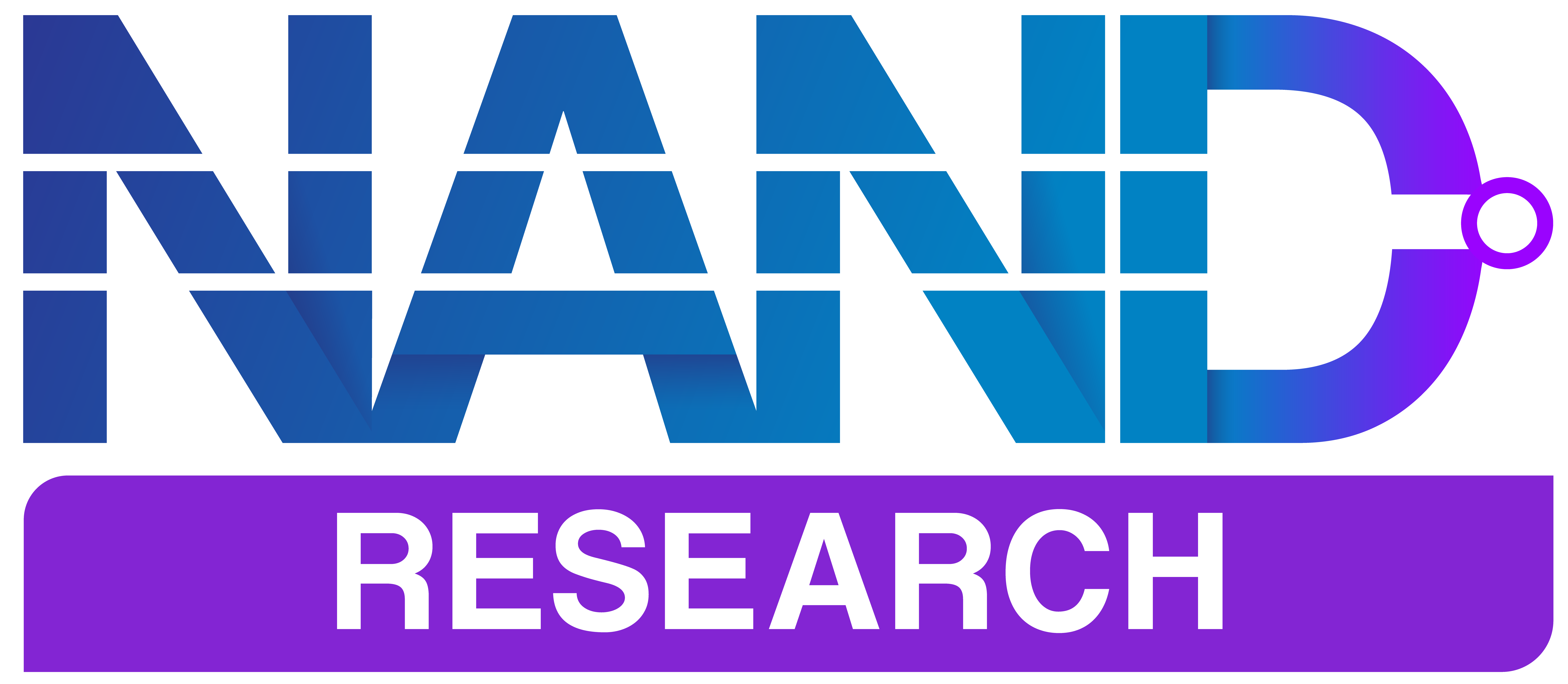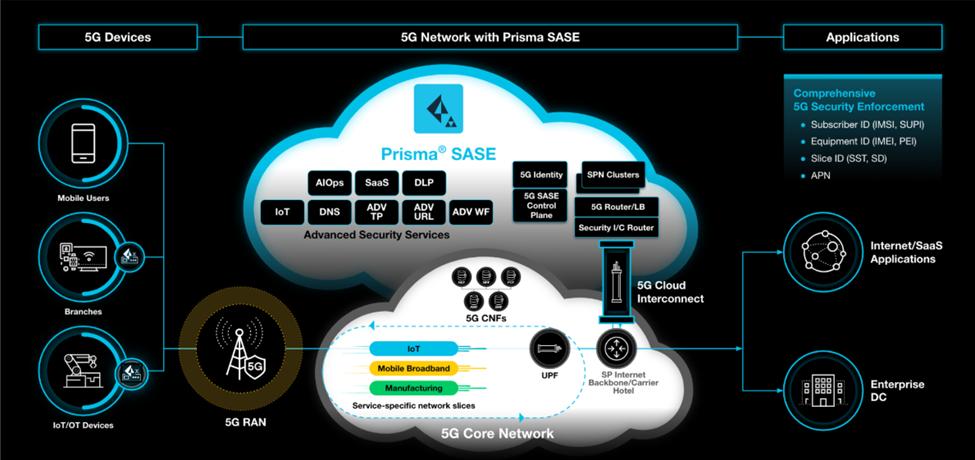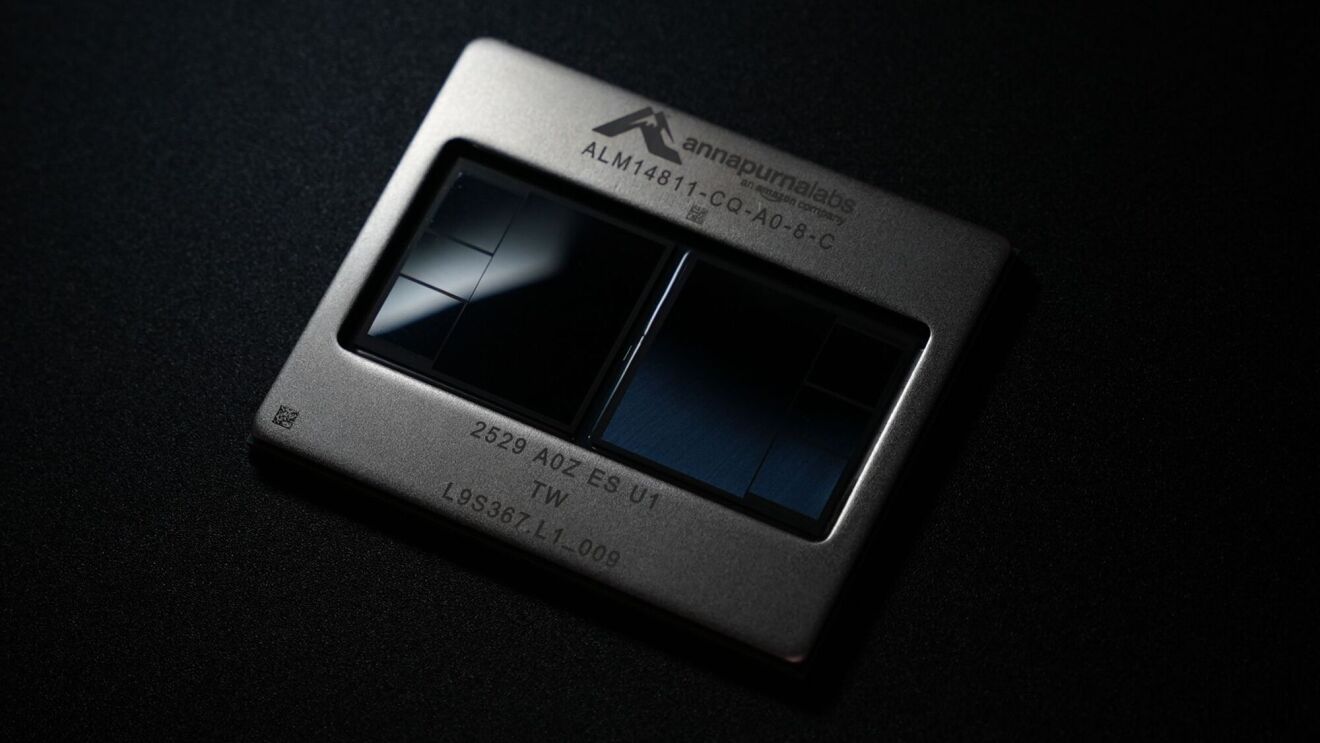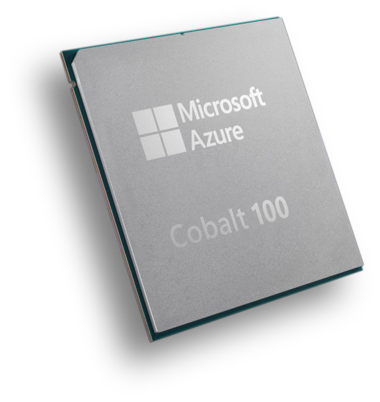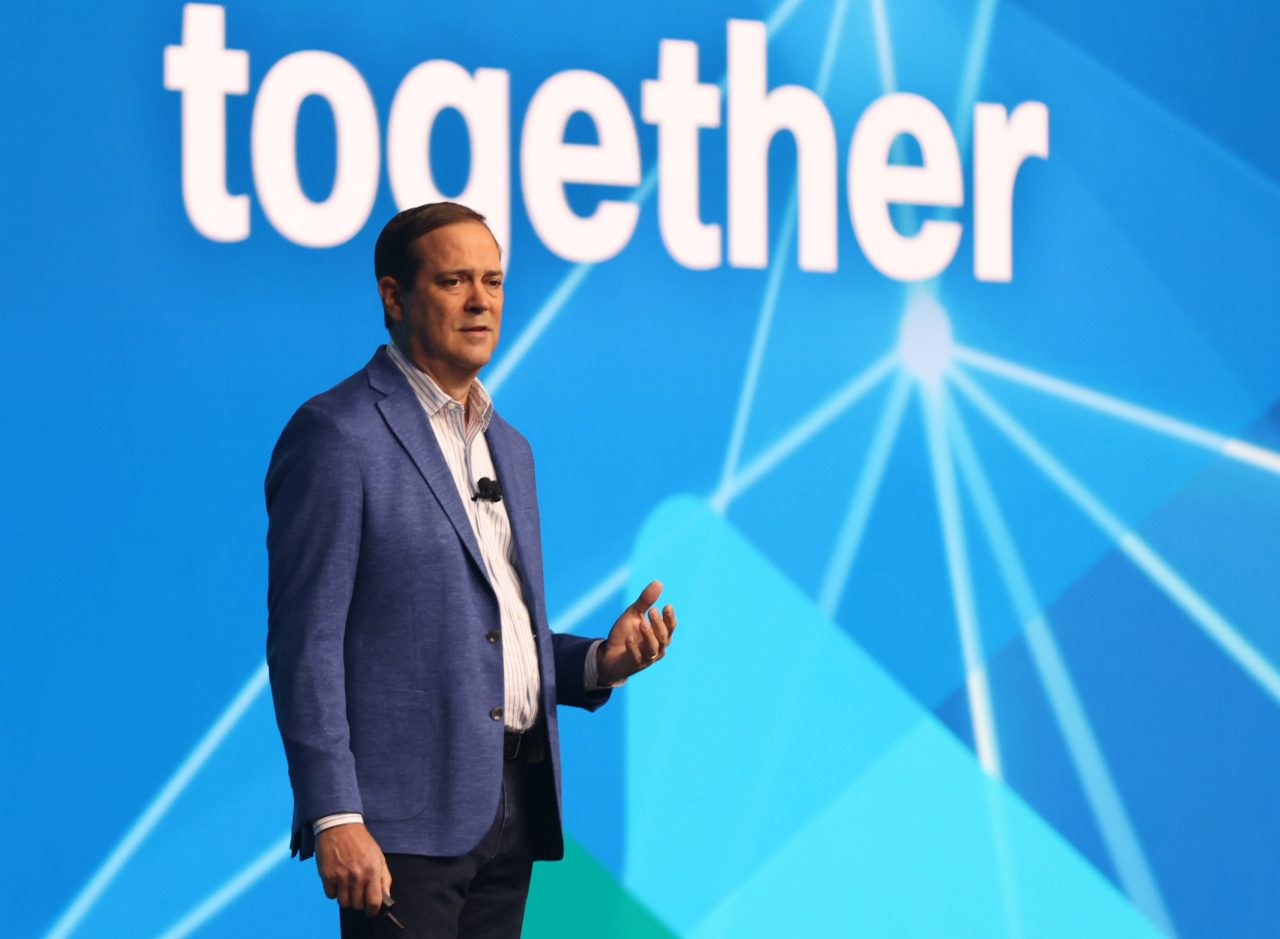Earlier this month at MWC 2025, Palo Alto Networks announced the general availability of Prisma SASE 5G, its new cloud-delivered cybersecurity solution for enterprises leveraging 5G connectivity.
The offering expands the company’s SASE portfolio to provide integrated Zero Trust security for 5G-enabled infrastructure, including mobile users, IoT/OT devices, and SD-WAN endpoints.
In parallel, the company disclosed the expansion of its private 5G ecosystem partnerships, integrating with industry players such as Nokia, NVIDIA, NTT DATA, and Anterix to provide end-to-end security across enterprise 5G environments.
Palo Alto Networks Prisma SASE 5G provides a unified security architecture to address the increased attack surface and performance requirements associated with modern 5G deployments. This meets the challenges of the accelerating convergence within the enterprise of 5G, AI, IT/OT systems, and distributed cloud networks, all of which elevate the risk profile of digital operations.
Primsa SASE 5G
The Prisma SASE 5G solution incorporates several integrated technologies and capabilities. The architecture includes:
Cloud-Delivered SASE Backbone
Prisma SASE 5G leverages a cloud-delivered architecture, facilitating seamless integration into existing 5G networks with minimal infrastructure modifications:
- Leverages Palo Alto Networks’ global infrastructure to deliver secure access service edge (SASE) functionality.
- Supports multitenant segmentation and Zero Trust Network Access (ZTNA) for 5G traffic.
- Provides inline threat prevention, URL filtering, data loss prevention (DLP), and secure web gateway (SWG) capabilities.
SIM-Based Authentication and Identity Enforcement
Utilizing SIM-based authentication, the solution ensures reliable identification of 5G users and devices:
- Integrates with mobile network operator (MNO) infrastructure to enable device-level SIM-based authentication.
- Associates device identity with user policy and segmentation attributes.
- Allows enforcement of granular, user-specific and device-specific access policies across private and public 5G networks.
Unified Management and Policy Control
- Consolidates security visibility and policy management across devices, users, applications, and network segments via a single pane of glass interface.
- Enables consistent policy enforcement across internet, SaaS, and private applications accessed over 5G.
Precision AI and Zero Trust Security
- Incorporates Precision AI to detect anomalous activity in real time, including unknown and zero-day threats.
- Provides full packet inspection and behavioral analysis across 5G-connected assets.
- Integrates with the Cortex Cloud platform for extended detection and response (XDR), as well as attack surface management.
Private 5G Partner Ecosystem
To support private 5G use cases, Palo Alto Networks announced new technical integrations with seven ecosystem partners that can deliver security across the full 5G lifecycle from core to edge:
- Nokia: Combines Palo Alto Networks NGFW with Nokia OT solutions to secure industrial IoT through real-time threat detection.
- NVIDIA: Integrates VM-Series firewalls with BlueField-3 DPUs for up to 10x performance improvement in securing 5G and edge AI traffic.
- NTT DATA: Embeds NGFWs in NTT’s private 5G architecture to extend security visibility and response capabilities.
- Anterix: Enables support for 900 MHz PLTE networks through ruggedized firewall optimization.
- OneLayer: Enhances device fingerprinting and zero-touch provisioning across hybrid IT/OT networks.
- Pente: Enables visibility and security for multitenant private wireless environments using Hypercore integration.
- Telenor: Uses Palo Alto’s AI-based security tools to implement zero-touch network slicing orchestration in mobile networks.
Analysis
Enterprise 5G networks comes with unique security risks. The attack surface increases as devices proliferate, especially when adversaries adopt AI to automate reconnaissance, lateral movement, and data exfiltration. This can make traditional perimeter-based models insufficient as enterprises adopt private 5G, connect industrial assets, and support a mobile workforce across hybrid and cloud environments.
Palo Alto Networks’ new Prisma SASE 5G offers a vertically integrated solution that spans mobile users, devices, and OT environments. By embedding Zero Trust and AI-native capabilities directly into the 5G service delivery model, the solution reduces the friction between network infrastructure and cybersecurity enforcement.
This will exert pressure on traditional telco vendors and mobile network operators that historically treated security as a bolt-on service. It also intensifies competition for other security vendors pursuing SASE and private 5G markets, including Zscaler, Fortinet, Cisco, and Check Point.
Palo Alto Networks opens a new revenue channel for telecommunications providers by enabling security-as-a-service via SIM-level integration and cloud-based policy orchestration. This gives service providers the ability to create a competitive differentiation while increasing Palo Alto Networks’ ecosystem entrenchment.
The company’s support for a diverse partner community has always been a strength for the company. Palo Alto Networks leverages these partnerships to anchor its SASE capabilities deeper into the 5G value chain. This transforms Prisma SASE 5G from a standalone security overlay into a co-engineered security platform embedded in enterprise, industrial, and telco networks.
These partnerships also reduce deployment friction, enhances operational resilience, and strengthens Palo Alto’s position against competitors who either lack OT reach, telco integration, or edge-native performance capabilities.
The rapid adoption of 5G technology introduced new security considerations for enterprises. The increased connectivity and data transfer capabilities of 5G networks expand the attack surface, making robust security measures imperative. Prisma SASE 5G addresses these challenges by integrating advanced security functionalities directly into the 5G infrastructure, providing enterprises with tools to protect against emerging threats.
This is a strong offering from Palo Alto Networks, one that shows the company evolving just as rapidly as the needs of its customers.
Competitive Outlook & Advice to IT Buyers
These sections are only available to NAND Research clients. Please reach out to [email protected] to learn more.
